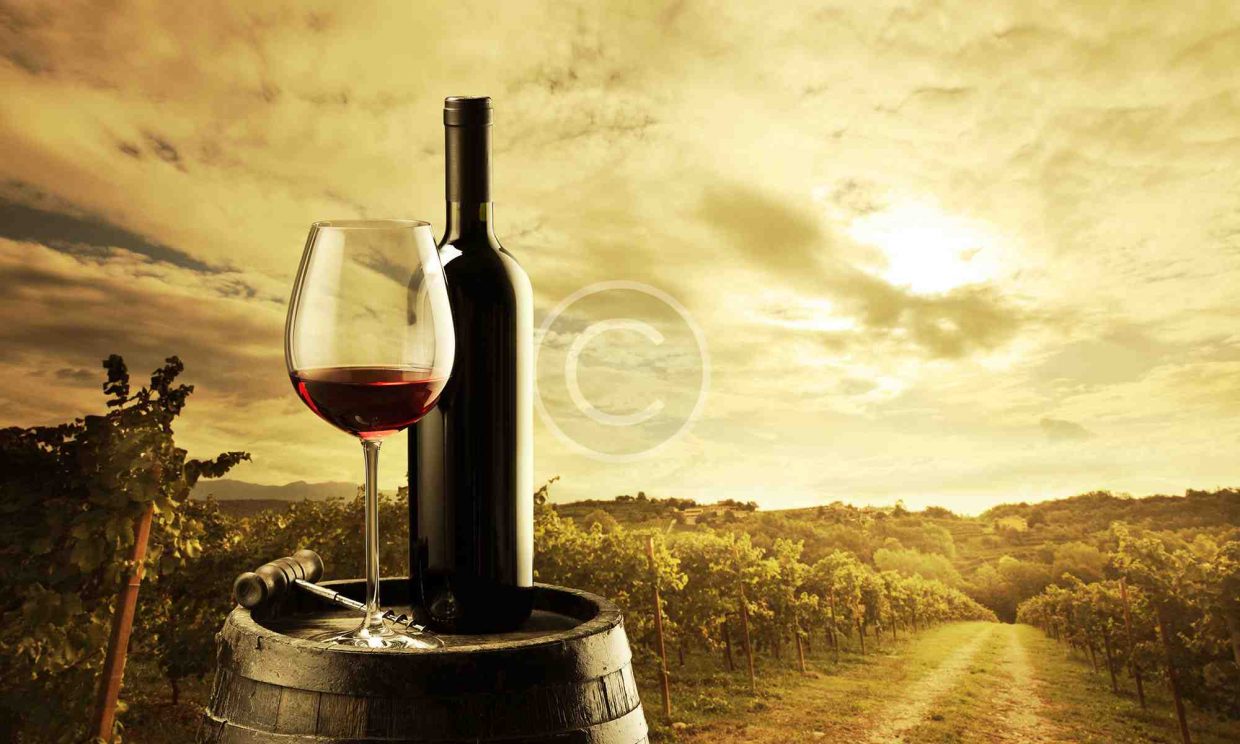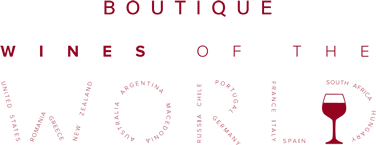Alternative Wine Closure

Alternative wine closures are substitute closures used in the wine industry for sealing wine bottles in place of traditional cork closures. The emergence of these alternatives has grown in response to quality control efforts by winemakers to protect against “cork taint” caused by the presence of the chemical trichloroanisole (TCA). The closures debate, chiefly between supporters of screw caps and natural corks, has increased the awareness of post-bottling wine chemistry, and the concept of winemaking has grown to continue after the bottling process, because closures with different oxygen transmission rates may lead to wines that taste different when they reach consumers.
Synthetic corks are made from plastic compounds designed to look and “pop” like natural cork, but without the risk of TCA contamination. Disadvantages of some wine synthetic corks include a risk of harmful air entering a bottle after only 18 months, as well as the difficulty in extracting them from the bottle and using the plastic cork to reseal the wine. James Laube of Wine Spectator notes that some can also impart a slight chemical flavour to the wine.
Vino-Seal is a plastic/glass closure released by Alcoa. Since its introduction into the European market in 2003, over 300 wineries have utilized Vino-Seal. Using a glass stopper with an inert o-ring, the Vino-Seal creates a hermetic seal that prevents oxidation and TCA contamination. A disadvantage with the Vino-Seal is the relatively high cost of each plug (70 cents each) and cost of manual bottling due to the lack of compatible bottling equipment outside of Europe. Vinolok is a glass stopper developed and produced by a Czech crystal glass producer Preciosa.
Zork is an alternative wine closure for still wines, that seals like a screw cap and pops like a cork, created by an Australian company of the same name. The closure has three parts: an outer cap providing a tamper-evident clamp that locks onto the band of a standard cork mouth bottle; an inner metal foil which provides an oxygen barrier similar to a screw cap, and an inner plunger which creates the ‘pop’ on extraction and reseals after use. Introduced in 2010, it is the first on-bottle, resealable closure for sparkling wines










Reply